Before the Steam Deck, several brands released handheld gaming PCs in a portable, small form factor. However, it took Valve and the release of their own portable in 2022 to really bring plenty of eyeballs to this growing market and move it from a niche subsection of the PC gaming community to something attracting a much wider audience.
Fast forward to 2024, and the Steam Deck OLED is probably the handheld gaming PC we’d recommend to most people. But thanks to several new devices from large companies like ASUS, Lenovo, and MSI, the market is now more varied than ever. But when it comes to picking a portable PC for you — just because one product fits most people, it might not necessarily fit your needs!
So, here's a roundup of the most exciting alternatives and Steam Deck competitors currently on the market or to be launched very soon.
🎮 The best alternatives to the Steam Deck in 2024
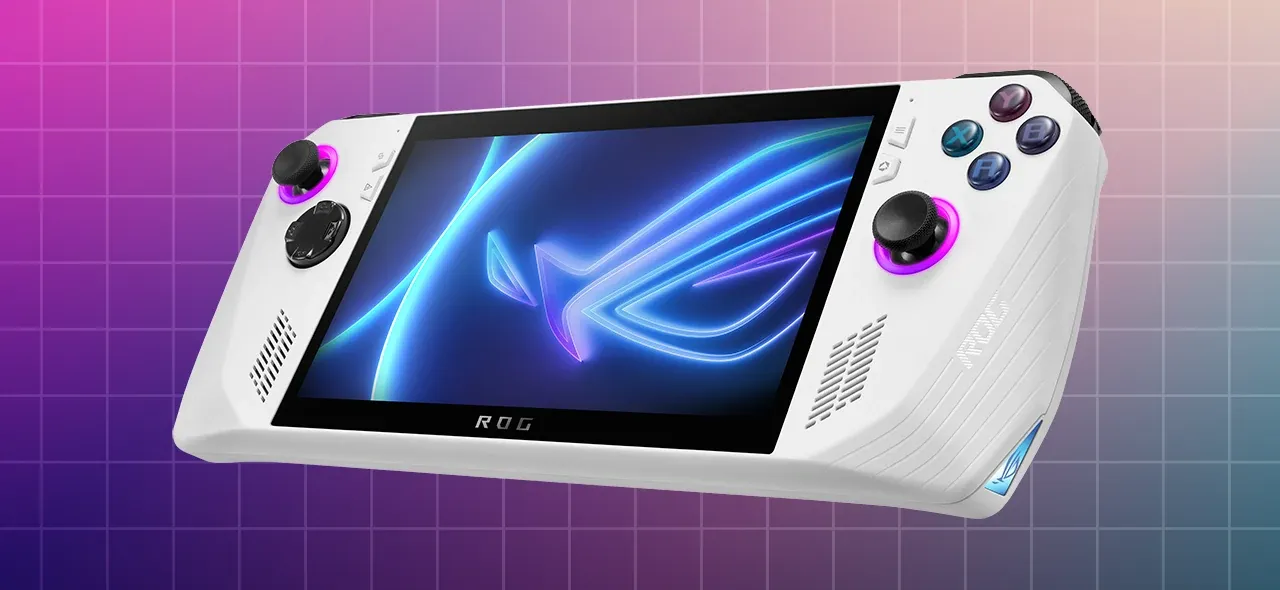
ASUS ROG Ally
Announced on April 1st 2023, the ASUS ROG Ally was quickly considered as one of the first serious competitors to the Steam Deck. The device was released last summer, in June of 2023. We reviewed it here on overkill, calling it “a great device”.
It comes with a custom chip by AMD, the Z1 Extreme, which outperforms the Steam Deck on nearly all metrics (except at very low wattages, where the Steam Deck still prevails).
Thanks to Windows 11, it also has access to a native Game Pass experience, and support for certain online games that are unplayable on Steam Deck (e.g. Fortnite, Call of Duty, Destiny 2). Though all this power comes at a cost — the battery life is worse compared to the Steam Deck.
It costs $699 for the higher-end version. You can read our hands-on review here.
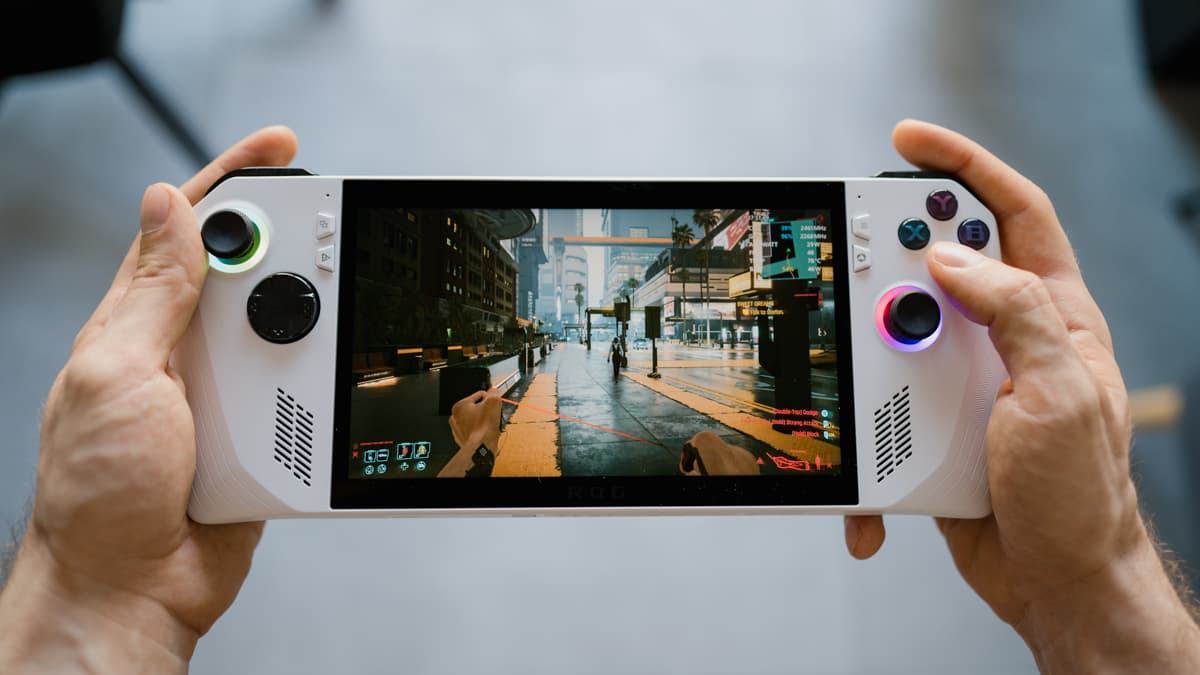
Lenovo Legion GO
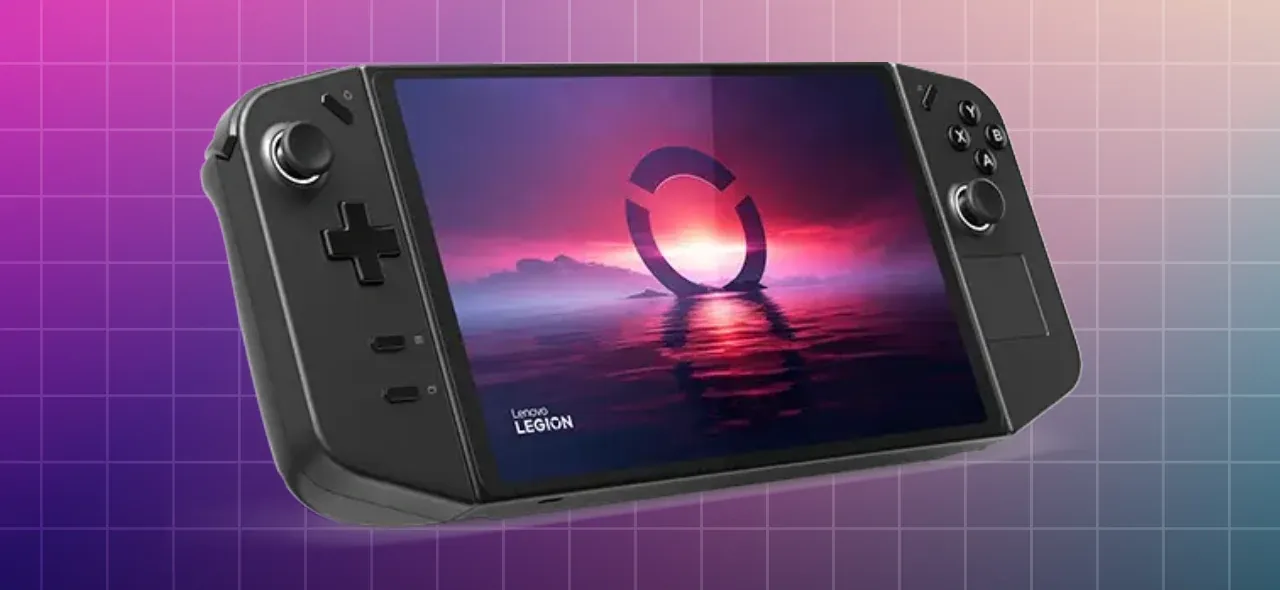
The Lenovo Legion GO is another handheld using the AMD Z1 Extreme, just like the ROG Ally — but the Legion GO has a few tricks up its sleeves that we haven’t seen before. For one, similar to the Nintendo Switch, it uses removable controllers. One of them is even capable of emulating a mouse, thanks to a stand the Legion GO ships with.
It also has a higher-resolution 8.8” screen at 1600p and a refresh rate of 165hz (compared to the Ally’s 7-inch 144hz screen). Performance on the Legion Go is about on par with the ROG Ally, so it comes down to a preference for design and those detachable controllers, really.
Here is our Starter Guide if you decide to pick one up.
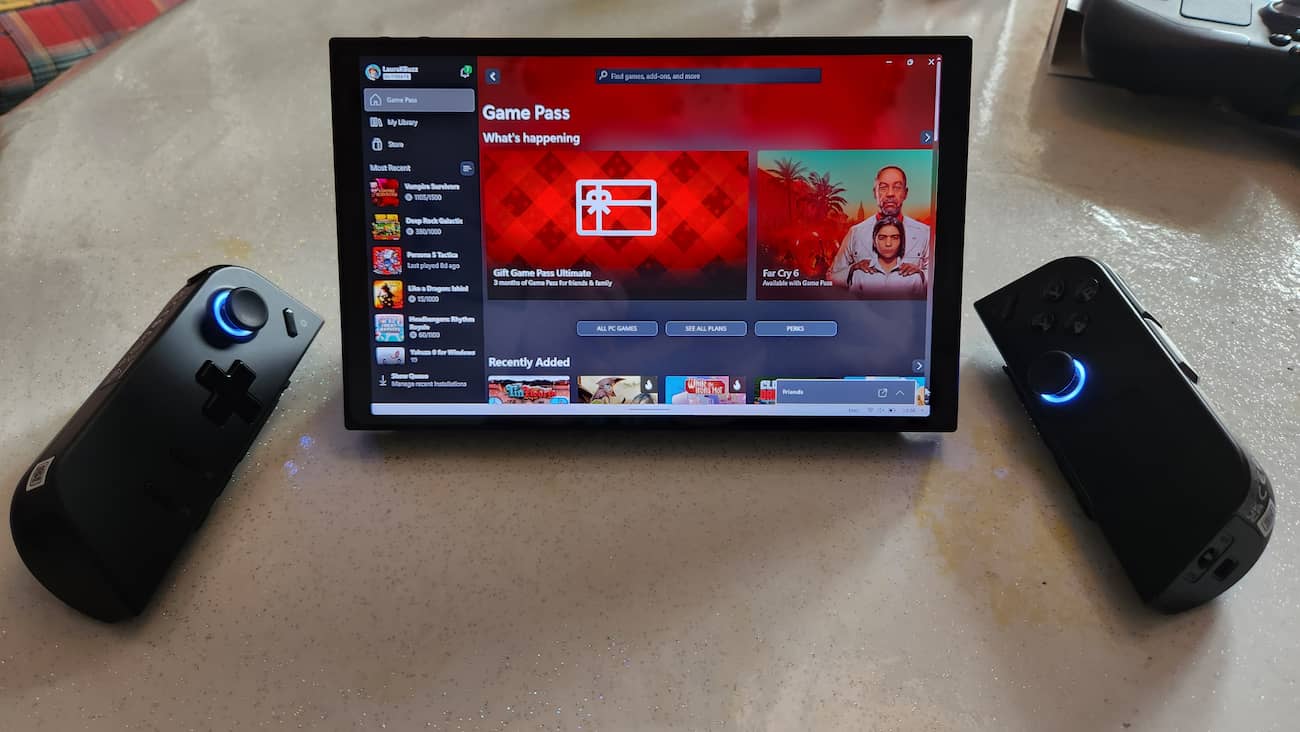
MSI CLAW
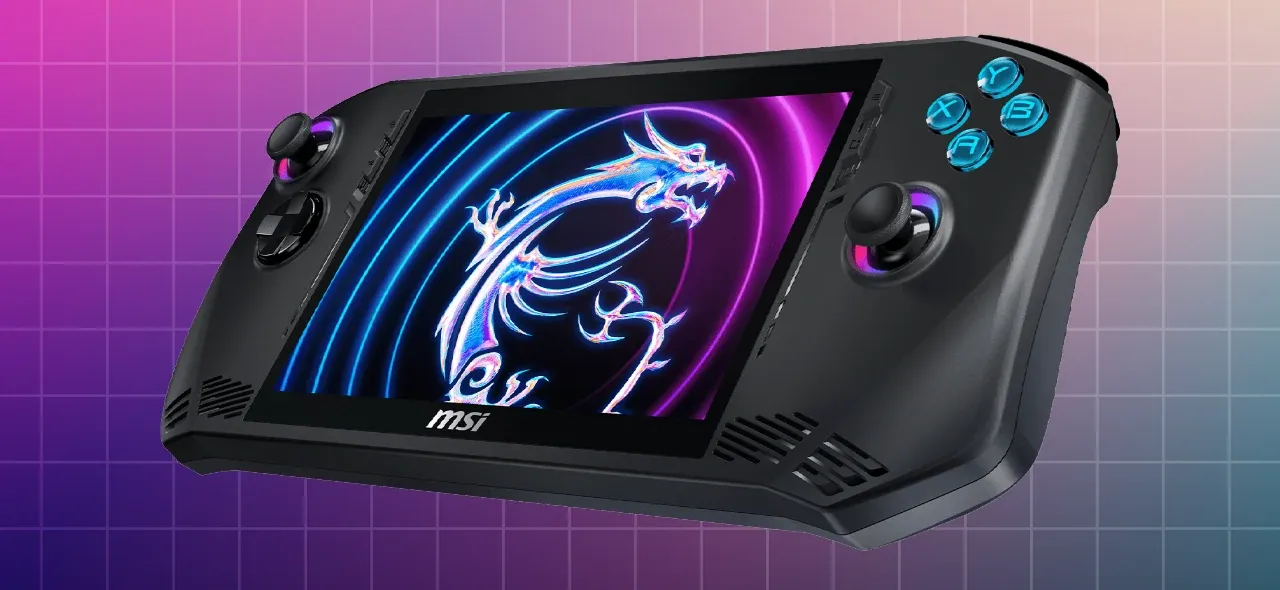
The MSI CLAW is a relatively new product, announced during CES this year. We haven’t gone hands-on with the device just yet, but it comes with a few features that make it worth watching.
For one, it’s the first gaming handheld by a large player using an Intel chip – it uses a choice of either the Intel 155H or the Intel 135H infrastructure.
Since it uses an Intel chip, it will also officially support Thunderbolt 4, which is great if you want to use the handheld with an eGPU.
We expect the MSI Claw to start shipping around March.
AYANEO Flip DS/KB
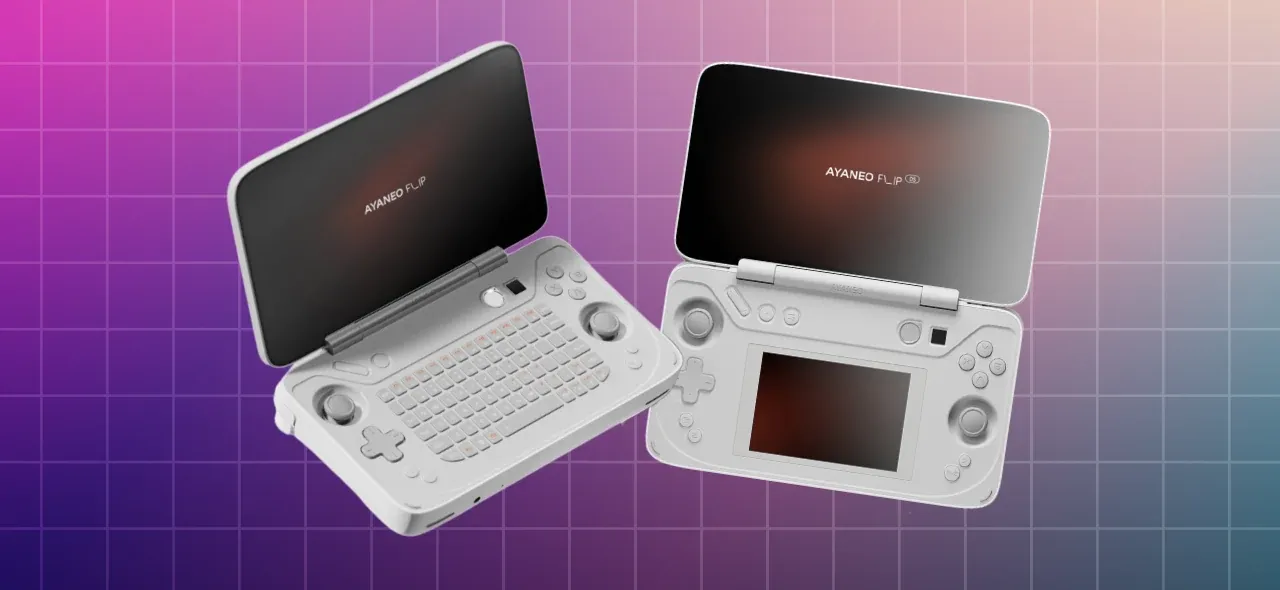
While most handhelds come in a similar form factor to the Nintendo Switch and Steam Deck, the AYANEO Flip range changes things, coming in a clamshell design, with the DS model even sporting a second screen (the KB variant features a full hardware keyboard).
It is also the first product we’re aware of that uses AMD's newest 8840U chip in a handheld. But there is also a cheaper SKU with an AMD 7840U – which was the defacto chip used by most companies so far.
Right now, you can get the AYANEO Flip DS or KB on Indiegogo for a starting price of $699.
GPD WIN 4 updated with 7840U
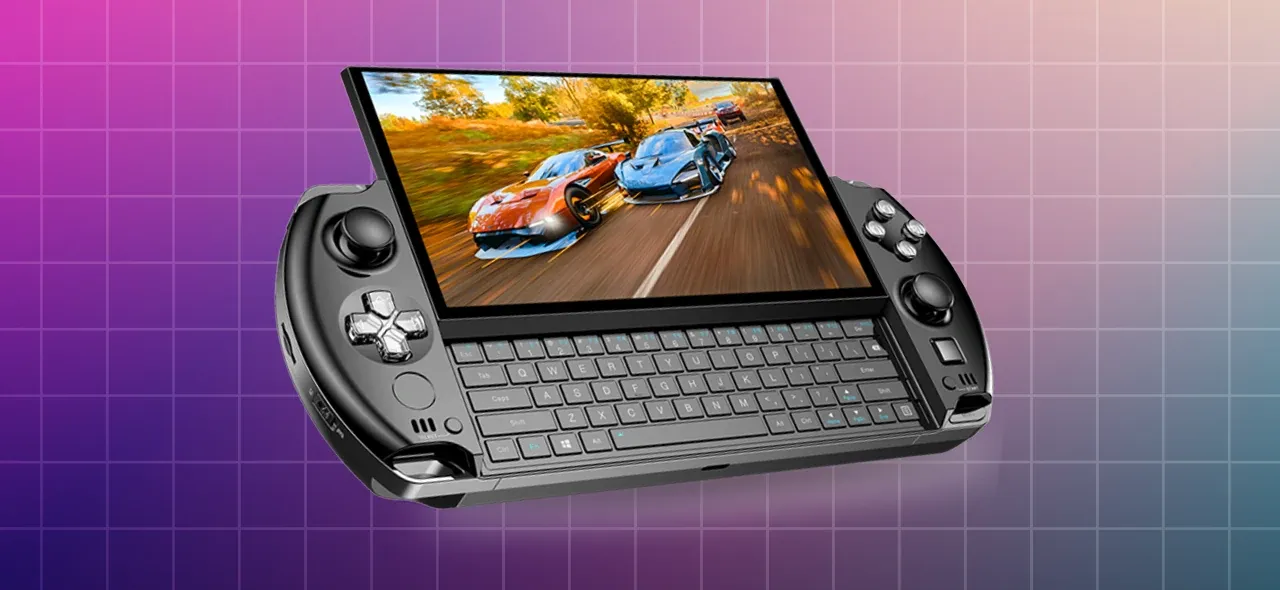
The GPD Win 4 is another serious Steam Deck contender that has been recently updated to sport the AMD 7840U chip (there is also a cheaper SKU with the AMD 7640U chip).
Similar to the AYANEO Flip DS/KB it uses a different design than the Steam Deck thanks to its built-in sliding physical keyboard with a complete QWERTY layout.
It can be configured with up to 64 GB of RAM and four terabytes of internal storage, sports a 1920x1080 resolution screen and has an optional 4G LTE module for mobile connectivity.
It also boasts one of the more exciting designs, as it takes clear inspiration from the Sony PSP and PS Vita, two devices I love.
You can still get the GPD Win 4 on Indiegogo for a starting price of $699 for 16 GB of memory, 512 GB of storage, and the AMD 7640U.
AYANEO KUN
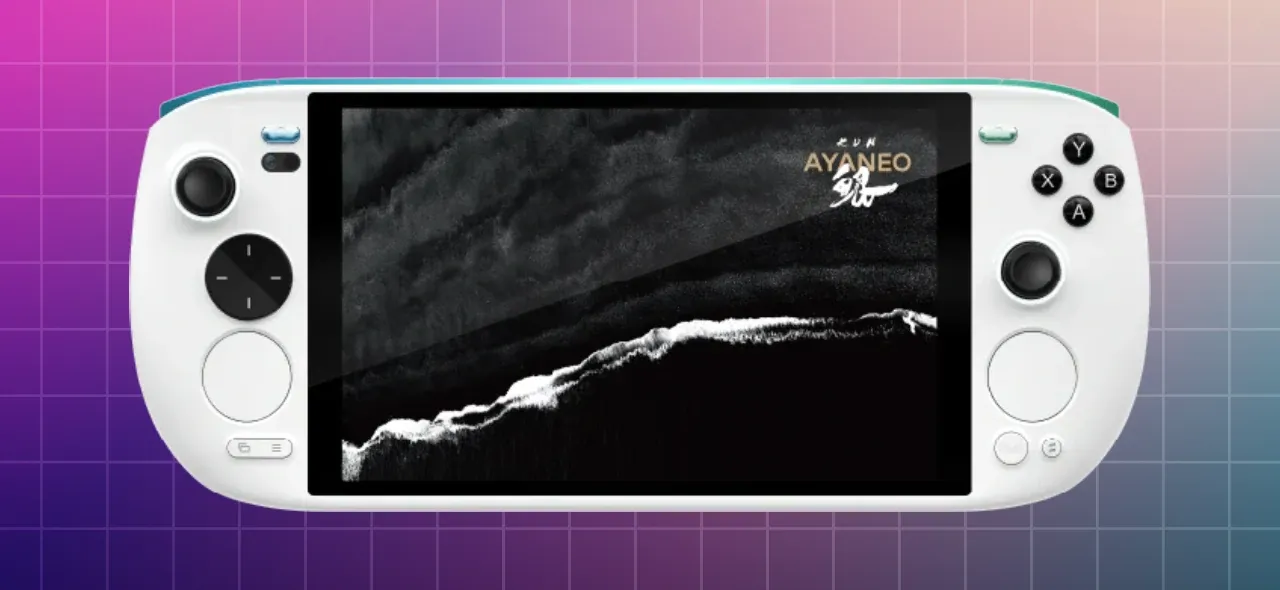
If money isn’t a limit, and you just want to get the most you can get, you should check out the AYANEO KUN.
Similarly sized to the Steam Deck, it’s AYANEO’s top-of-the-line $1129 behemoth, which – although it also uses a 7840U – comes with a much larger battery and, therefore, its TDP can go up to 54 watts (the Steam Deck stops at 15W). It also rocks a 1600p 8.4” screen, has a fingerprint sensor and a special camera with Windows Hello integration.
It also is one of the only handhelds rocking two touchpad-like surfaces, a la Steam Deck.
As with any AYANEO product, it comes with Windows 11. You can get the KUN through AYANEO's official store.
AYN Odin 2
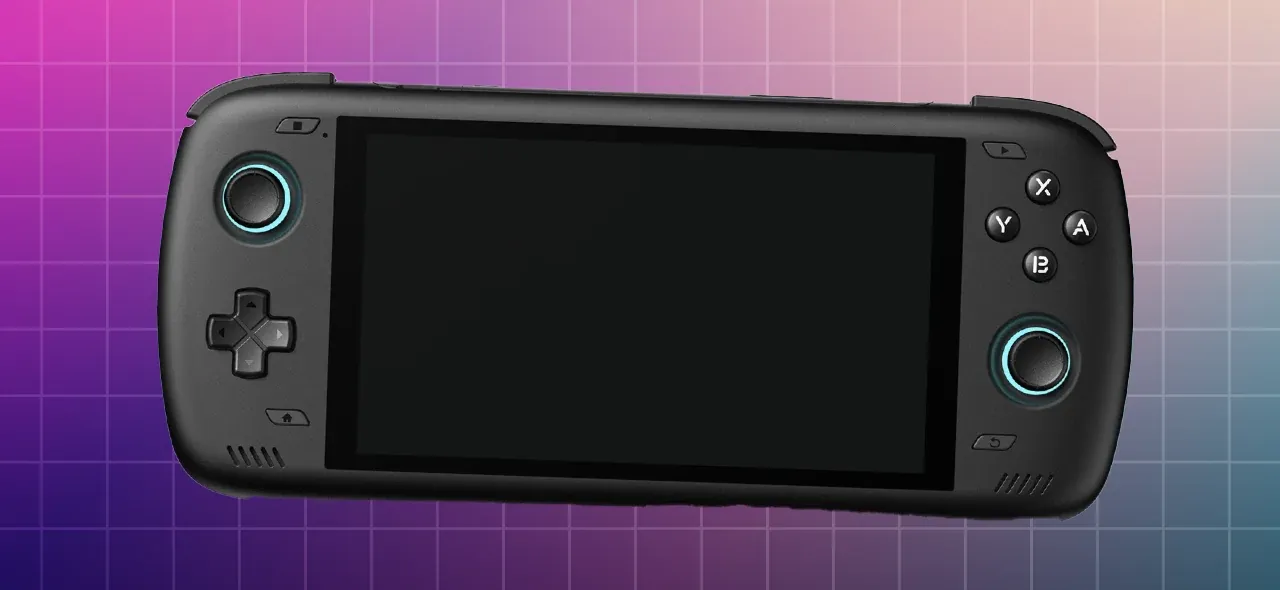
The AYN Odin 2 is the first Android-based device on this list and the successor to the wildly popular Odin 1 (which was the one we recommended on this list, last year). It's also one of the cheapest options, starting at around $299.
As it is based on Android, it serves a different purpose than the previously mentioned devices and positions itself more as an emulation and streaming handheld. And it can easily emulate hard-to-run platforms like the Nintendo Switch.
But to play your Steam games on its 1080p screen, you have to use Steam Remote Play and stream them from your gaming PC, as you won't be able to run them natively.
The Odin 2 starts at $299 for the base model (though it is sold out at the time of writing), and goes as high as $459 for the Max model.
RETROID POCKET 4 Pro
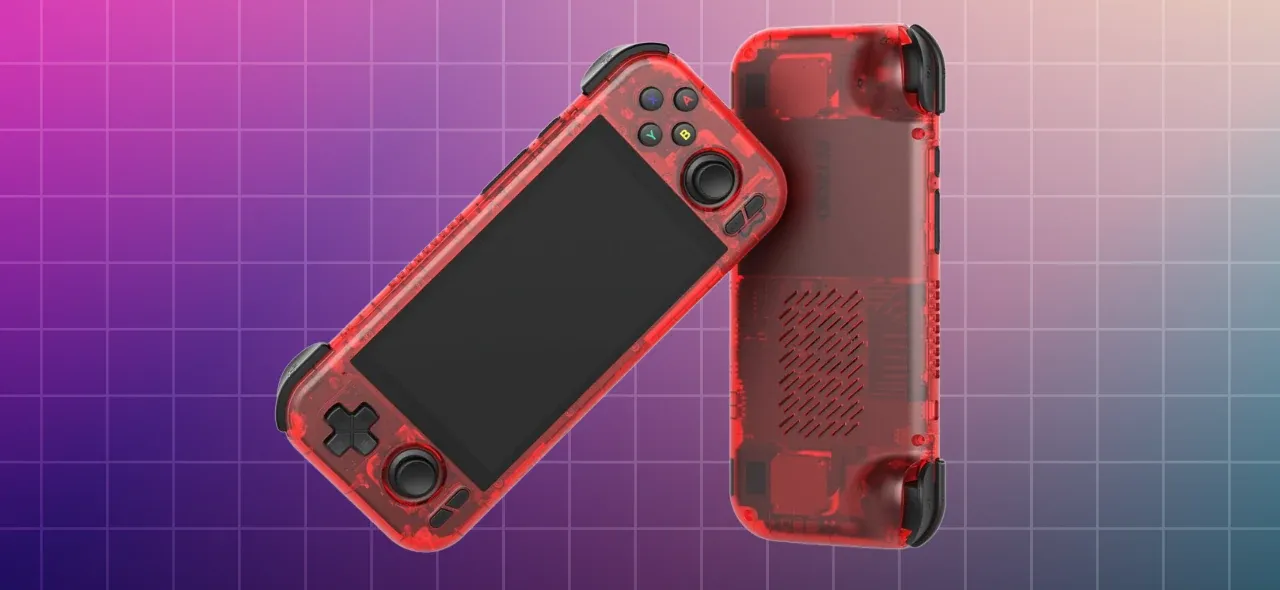
The Retroid Pocket 4 Pro is the cheapest device on this list. It is also the smallest one.
And like the AYN Odin 2, it runs on Android and is thus also best used as an emulation and streaming platform, like PlayStation 2 and GameCube. (Switch emulation works too, but don't expect Tears of the Kingdom to run on this.)
The device starts at $199 and comes with a 7.7-inch screen with a (weird) resolution of 750x1334 pixels, 8GB of RAM and up to 128 gigabytes of internal storage. If you’re into playing mostly older games, this is the one to get.
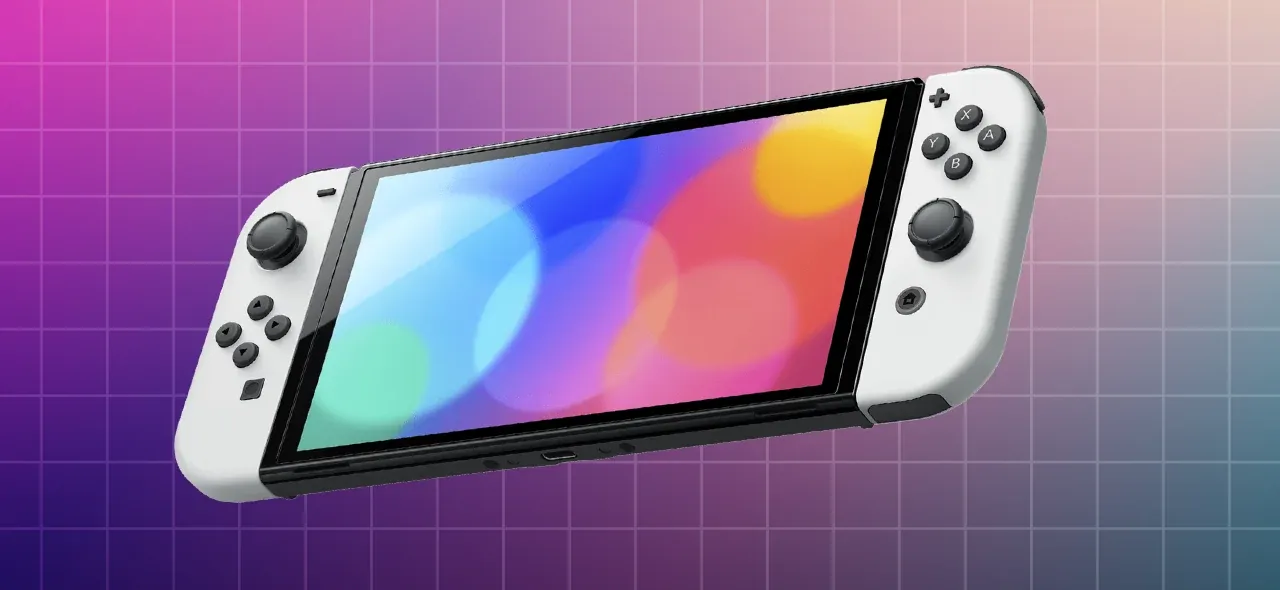
Nintendo Switch OLED
The Nintendo Switch OLED is the odd one in this list, as, unlike every other device, it uses a closed system, is based on much older hardware, and is the only platform with exclusive first-party titles. Also, it's not a PC. But it's the Nintendo Switch and doesn't need much introduction.
This is one way to go if you want to play Nintendo exclusives, such as Tears of the Kingdom, without the need to emulate them or if you want access to an extensive library of indie titles. Our survey data earlier this year revealed that most people who use a Steam Deck also own a Switch.
Although, with a Switch 2 on the horizon, maybe now isn’t the best time to grab one.
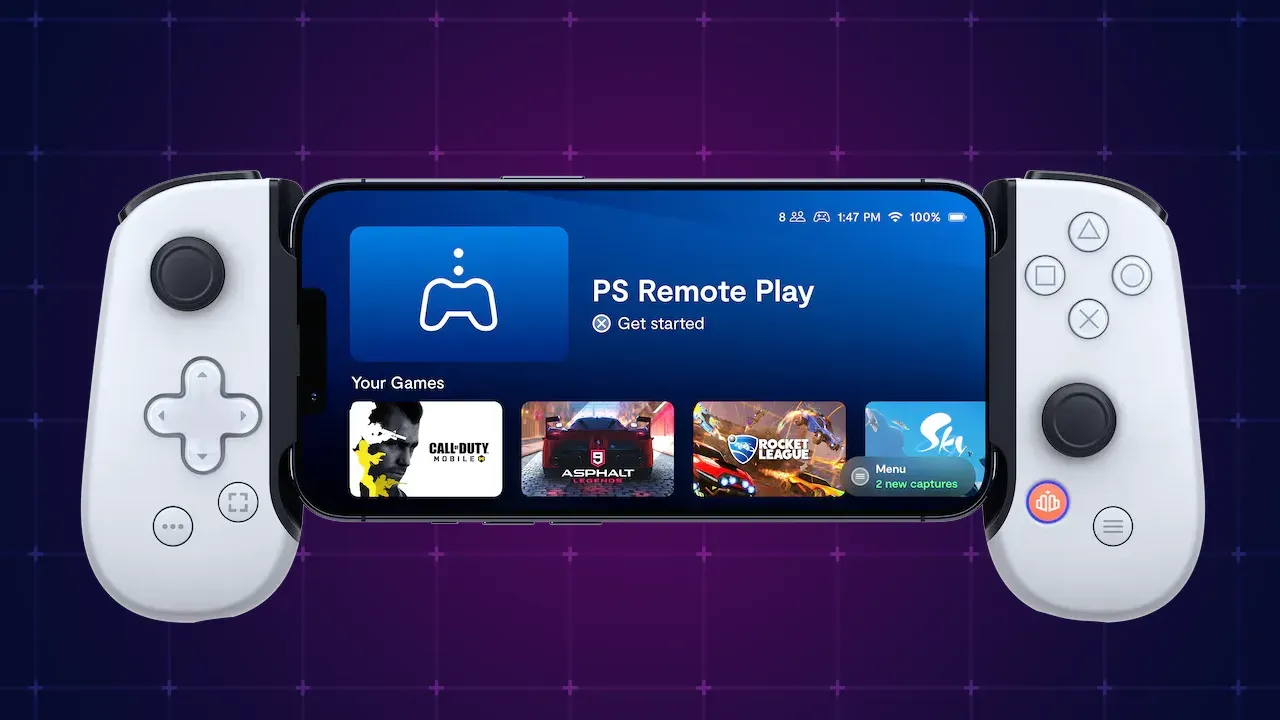
Your Smartphone
Technically, your smartphone is also an alternative to the Steam Deck, especially if you combine it with a handheld grip like the BackBone One (which we use) or the Razer Kishi v2.
Thanks to their respective app stores, Android phones and iPhone devices boast a vast library of games, streaming services and emulation apps (thanks to specific workarounds, even on iPhone, and soon for everyone in the EU). Big ‘proper’ games like Resident Evil and Death Stranding even came to the iPhone now so it may be time to reconsider how we view smartphones as potential gaming destinations.
Of course, since it's the one you already have in your pocket, it comes with the lowest upfront cost. Yes, we know it’s kinda cheating listing a smartphone on this list, but it plays games, so… maybe?
There are many alternatives to the Steam Deck, some more powerful than Valve's handheld, with others serving a range of different needs.
The devices we would personally choose are the ASUS ROG Ally, the Lenovo Legion GO or potentially, the AYANEO Flip DS. Although they are at a higher price than the Steam Deck, these are the most complete alternatives currently in development.
But devices like the AYN Odin 2 and the Retroid Pocket 4 Pro, technically even a smartphone, feel more like complementary devices that could live alongside a Steam Deck in your backpack.





